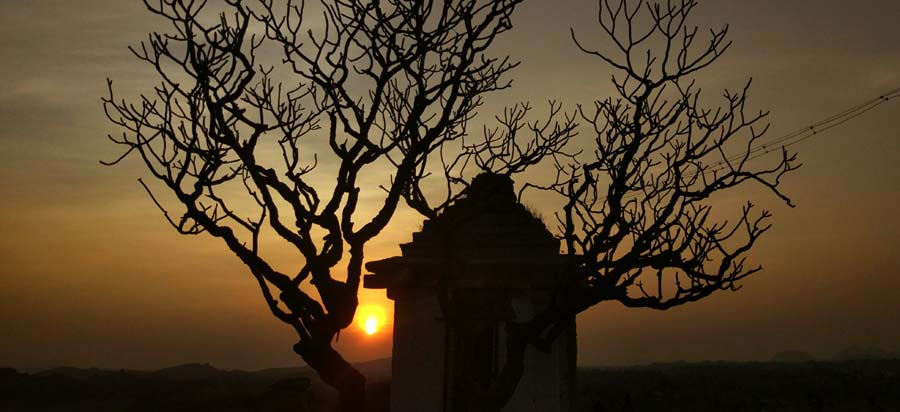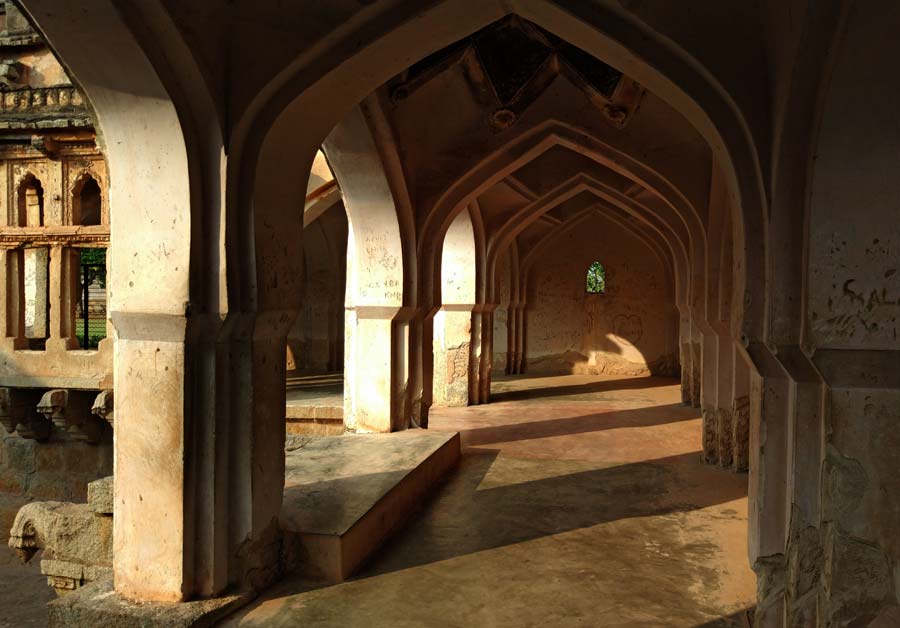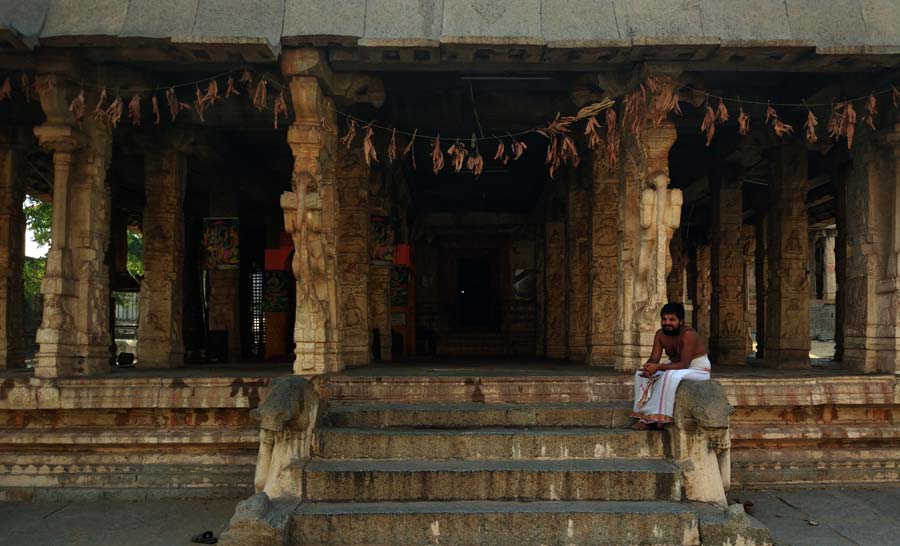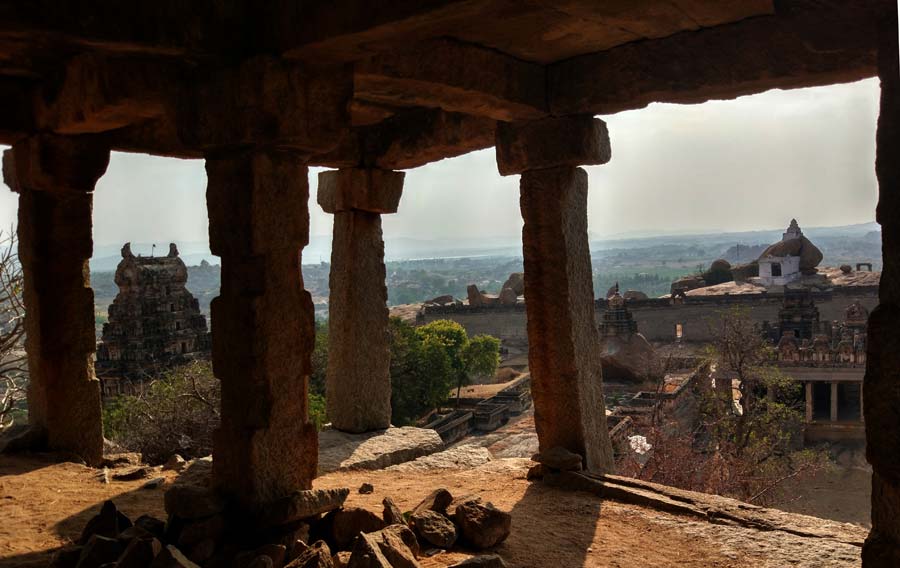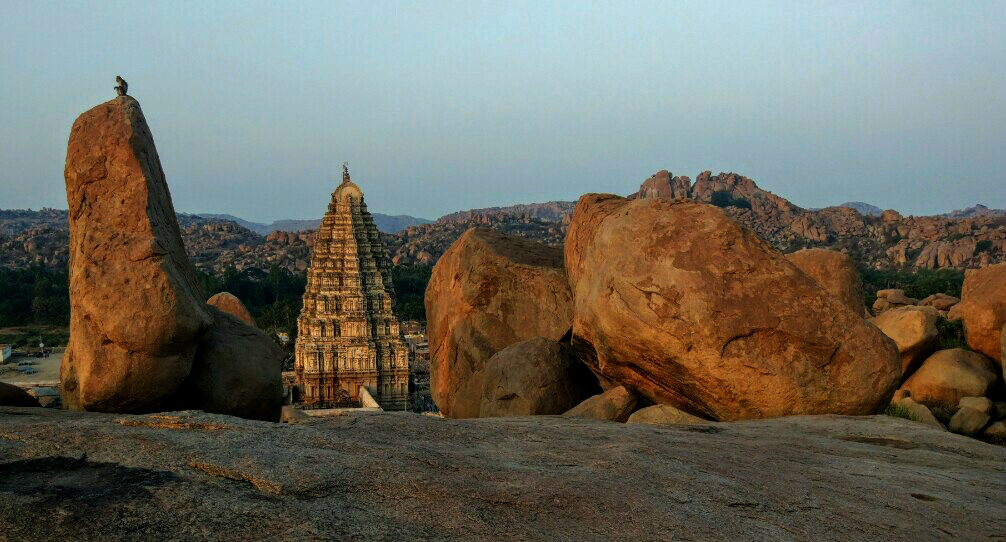Hampi with a phone-camera
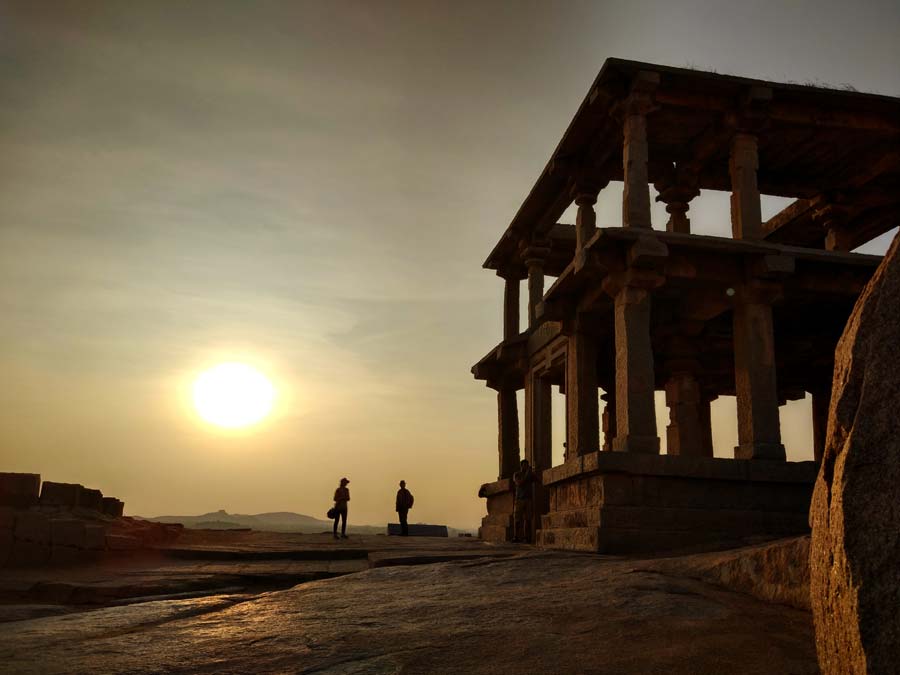
About three years ago, when I was last in Hampi, I made a few images of the place with a cell-phone camera. I thought they aren’t bad, although they were technically inferior. (See earlier post on Hampi with cell-phone camera).
I was back in Hampi last week, leading our photography tour with a bunch of high-energy folks. I continued to shoot with phone-camera. The technical quality of images have improved, but continues to be a long way from DSLR-like image quality. But they are now perhaps reasonably good for small-screen viewing, and you may not find evident technical issues in a small screen.
Here is a collection of images I made. The important trick shooting with a phone-camera, I realize, is to not go after challenging situations, avoid tricky lighting, keep it simple and pay more attention to composition. For those who can’t stop asking ‘what camera?’, this is a new not-yet-in-the-market phone-camera devised through cutting edge research on a project conceived by a consortium of phone makers and camera companies to create unparalleled next-generation high fidelity mobile imaging solutions, provided to me on early access. For those who have feet on the ground (which is pretty much everyone who is reading this, including you, I am sure): the last set of images in 2014 were shot with a Samsung S3 and the ones below are made using a Xiaomi MI 5.
This tour was fun. It was open exclusively to people who had attended our tours and workshops in the past. Interacting with all the regular travellers, three days flew-by in no time!

Among all the places that I photographed in Hampi, Hemakuta Hill was probably the most photogenic and yielded well for photography with a fixed focal-length lens. Above image of one of the much-photographed two-storey Mantapa was made at Hemakuta.
Another structure now in vogue with photography enthusiasts, also at Hemakuta Hill.
The passage around queen’s bath, a rather opulent swimming pool for it’s times are very photogenic.
The lotus Mahal–a hangout for the women in the palace–glows beautifully during sunset. Only, we did not have so much of a very good sunset this evening. A beautiful orange sun filtered through a thin veil of clouds, and wasn’t strong enough to bask the orange walls of Lotus Mahal.
Many of the temples in Hampi aren’t live and the deities aren’t worshiped as most of them have been destroyed to certain degree over time. Here is one of the few temples that are still active.
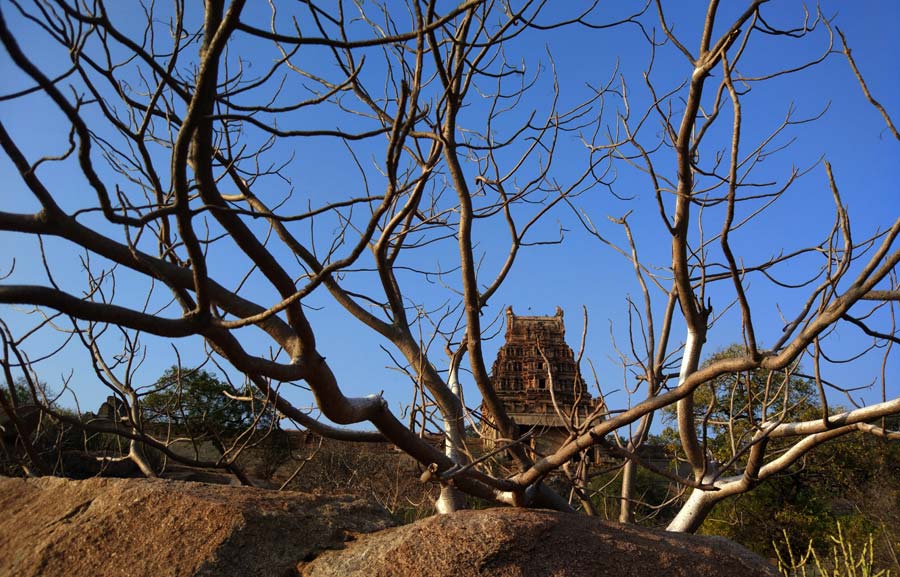
The above temple is also one of the few that has an intact, undamaged gopura. Walking down the hill where the temple is located, we played a small game, trying to portray the temple gopura with difference interesting foregrounds.
Landscapes of Hampi.
The Virupaksha Temple, boasting the tallest gopura in all of Hampi, is surrounded by boulder-strewn hills all around it.
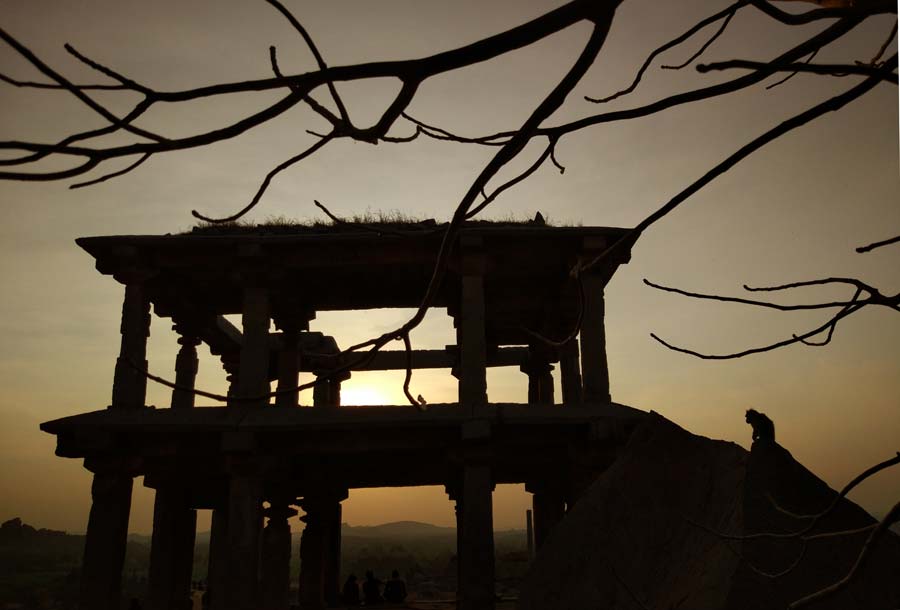
Another view of the two-storey mantapa at Hemakuta Hill.
